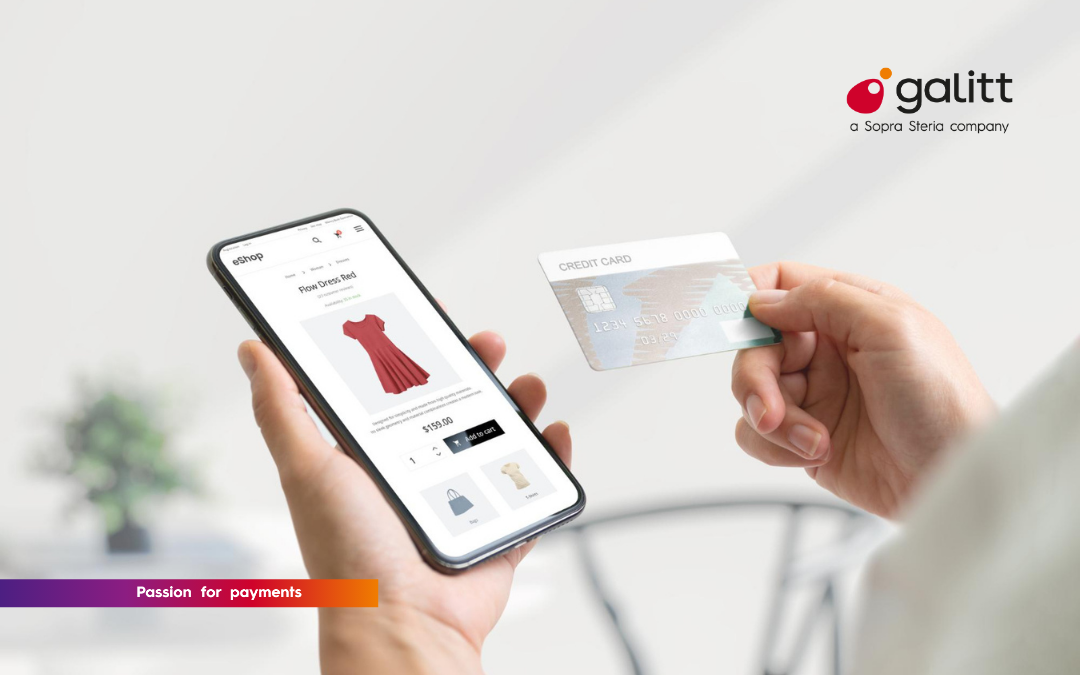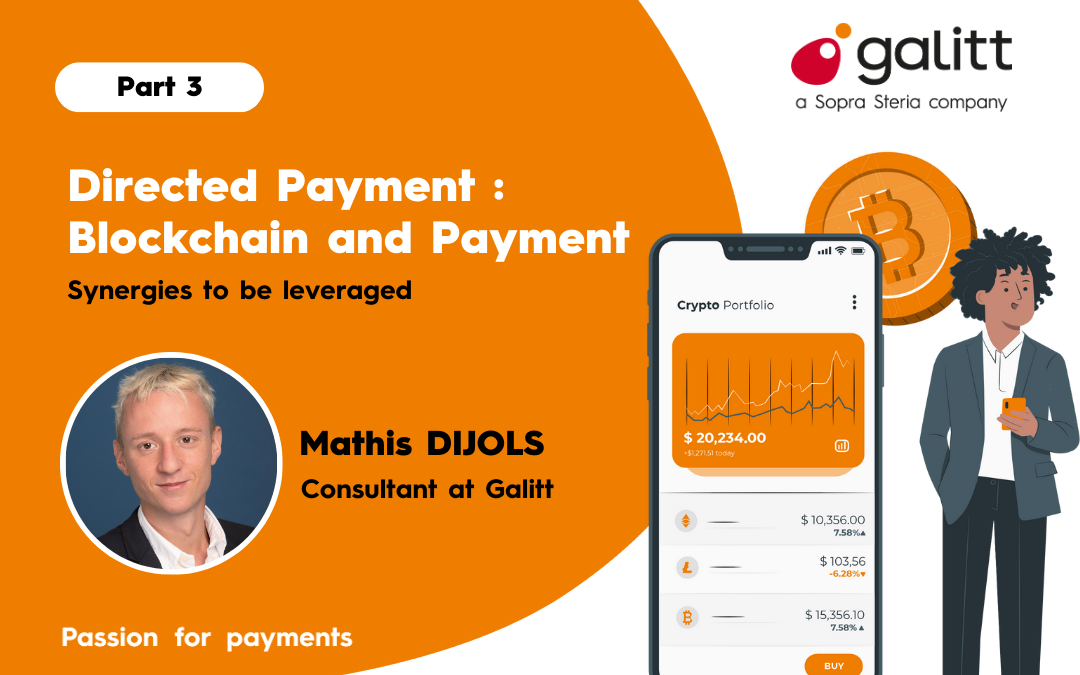[et_pb_section fb_built=”1″ _builder_version=”4.6.6″ _module_preset=”default” custom_padding=”||0px|||”][/et_pb_section][et_pb_section fb_built=”1″ _builder_version=”4.6.6″ _module_preset=”default” custom_padding=”0px|||||”][et_pb_row _builder_version=”4.6.6″ _module_preset=”default” custom_padding=”0px|||||”][et_pb_column type=”4_4″ _builder_version=”4.6.6″ _module_preset=”default”][et_pb_post_title _builder_version=”4.6.6″ _module_preset=”default”][/et_pb_post_title][et_pb_text _builder_version=”4.6.6″ _module_preset=”default” custom_margin=”50px||0px||false|false” custom_padding=”||24px|||”]
At the beginning of 2021, we wrote an article about the arrival of Open Payment. We talked about the evolution of the transport ticket, which should eventually take a completely digital form. Many Open Payment projects have appeared since its arrival. We invite you to discover them below.
[/et_pb_text][et_pb_image src=”https://www.galitt.com/wp-content/uploads/2021/11/source-Objectifs-metropoles-france.png” alt=”TPE open payment” title_text=”source-Objectifs metropoles france” align=”center” _builder_version=”4.6.6″ _module_preset=”default” max_width=”85%” min_height=”260px” custom_margin=”||11px|||”][/et_pb_image][et_pb_text _builder_version=”4.6.6″ _module_preset=”default”]
Source : Objectifs metropoles France
[/et_pb_text][et_pb_text _builder_version=”4.6.6″ _module_preset=”default” custom_margin=”50px||0px||false|false”]
Open Payment projects in French cities
[/et_pb_text][et_pb_text _builder_version=”4.6.6″ _module_preset=”default” custom_margin=”50px||30px||false|false”]
Many French cities have approved proposals to make the purchase and use of public transport tickets easier.
[/et_pb_text][et_pb_text _builder_version=”4.6.6″ _module_preset=”default” custom_padding=”||0px|||”]
In Besançon, the Ginko network is going to deploy an entire Open Payment system in collaboration with the company Kuba. For an amount of 1.2M euros, this project aims to make the payment of transport tickets completely digital. Test phases are currently underway, with the aim of measuring the attractiveness of the solution and ensuring that the Open Payment process works: from the presentation of the card for the purchase of the ticket to the checks carried out.
At first, it will only be possible to buy single tickets, but we can imagine that the service’s functionalities will quickly expand.
The city of Brest is also experimenting with a similar system since September 2020. One of the particularities of their service will be the possibility for passengers to pay for their tickets in groups of 6 for a single bank card. The choice of the number of passengers will be made on the validator. We presented the solution in more details in this article.
[/et_pb_text][et_pb_text _builder_version=”4.6.6″ _module_preset=”default” custom_margin=”30px||30px||false|false”]
Other cities have been experimenting with similar systems for several years.
[/et_pb_text][et_pb_text _builder_version=”4.6.6″ _module_preset=”default” custom_padding=”||2px|||”]
In Grenoble, an Open Payment solution has been tested with residents since 2015. Piloted by Transdev, it is the result of collaboration between Visa, the Caisse d’Epargne Rhône-Alpes and ACTOLL. The installation of validators integrating NFC technology and therefore allowing contactless payments was necessary. This type of validator should become more and more common, as the current ticketing machines only accept physical tickets.
Dijon is also a pioneer city on the use of Open Payment in France. Since 2018, a similar system of NFC validators has been tested there. Managed by Divia Mobilités, the principle is the same: customers can pay for their tickets by contactless directly on the spot.
Toulouse, Paris and eventually all French and global cities should implement a similar system. The principle of Open Payment seems simple, but a real logistical challenge will arise for the transport companies in each city. They will have to ensure that the entire network is equipped with “modern” validators that accept contactless payments. Once the logistical and financial constraints have been overcome, the benefits of Open Payment will be clear.
[/et_pb_text][et_pb_image src=”https://www.galitt.com/wp-content/uploads/2021/11/source-transdecv.png” alt=”OPEN PAYEMENT” title_text=”source-transdecv” align=”center” _builder_version=”4.6.6″ _module_preset=”default” max_width=”85%” min_height=”260px” custom_margin=”||11px|||”][/et_pb_image][et_pb_text _builder_version=”4.6.6″ _module_preset=”default”]
Source : Transdecv
[/et_pb_text][et_pb_text _builder_version=”4.6.6″ _module_preset=”default”]
Some advantages of Open Payment
[/et_pb_text][et_pb_text _builder_version=”4.6.6″ _module_preset=”default”]
The installation of a complete Open Payment system can indeed drastically change the daily life of drivers, passengers and municipalities:
- Traditional ticketing systems are much more expensive for cities to operate and maintain than a paperless system like Open Payment.
- Drivers will no longer have to provide tickets, give change and will be able to concentrate on their driving.
- Open Payment is perfectly suited to occasional travellers such as tourists or professionals on temporary trips. They won’t need to find any kiosks or ticket offices: a simple contactless payment on the transport they are using will suffice.
- The fact that the payment method is contactless is relevant because it has already greatly convinced the French and world population. Travellers will not be disoriented and will not have to adapt to a different payment method.
It is hard to not see the contribution of Open Payment to the public transport system. Once the financial and material constraints have been overcome, it seems inevitable that more and more Open Payment systems will appear.
The fluidity of human flows in large metropolises is an important and topical issue. And it is certainly not the classic ticketing systems that will solve this human bottleneck.
[/et_pb_text][/et_pb_column][/et_pb_row][et_pb_row _builder_version=”4.6.6″ _module_preset=”default”][et_pb_column type=”4_4″ _builder_version=”4.6.6″ _module_preset=”default”][et_pb_blog fullwidth=”off” posts_number=”3″ use_manual_excerpt=”off” excerpt_length=”0″ show_author=”off” show_categories=”off” show_excerpt=”off” show_pagination=”off” _builder_version=”4.6.6″ _module_preset=”default” custom_margin=”20px||||false|false” border_width_all=”0px” box_shadow_style=”preset1″ box_shadow_blur=”14px” box_shadow_spread=”-5px” box_shadow_color=”rgba(0,0,0,0.15)” locked=”off”][/et_pb_blog][/et_pb_column][/et_pb_row][/et_pb_section]




